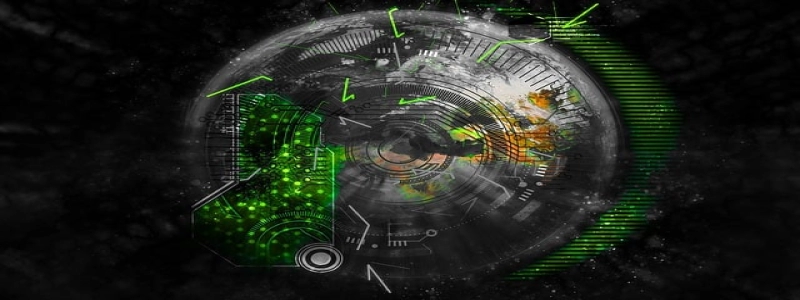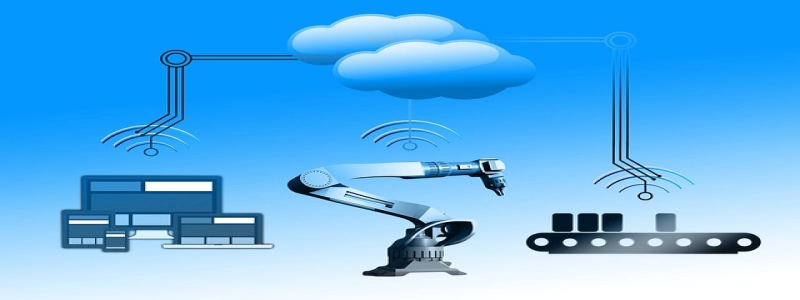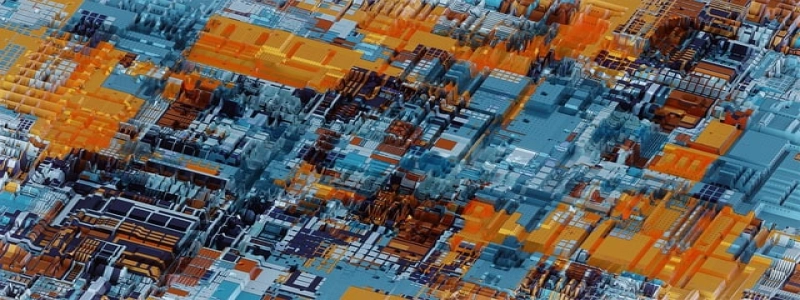Ethernet Shielding
Introduction
Ethernet shielding is an important aspect of networking technology that helps to mitigate electromagnetic interference (EMI), reduce noise, and prevent data loss. This article will explore the significance of Ethernet shielding and its various levels in ensuring reliable and secure network connections.
1. What is Ethernet Shielding?
Ethernet shielding refers to the use of materials and techniques to protect Ethernet cables and connectors from external electrical interference. This interference can be caused by nearby power cables, electronic devices, or other sources of electromagnetic radiation. Shielding helps to maintain the integrity of Ethernet signals, resulting in improved transmission and reception quality.
2. Importance of Ethernet Shielding
Ethernet shielding is crucial for maintaining high network performance and preventing data loss. Without proper shielding, Ethernet cables are susceptible to EMI, which can distort signals, reduce data transfer rates, and even lead to complete loss of connectivity. Shielding mitigates these risks and ensures uninterrupted and reliable network connections.
3. Levels of Ethernet Shielding
There are different levels of Ethernet shielding, each designed to provide varying degrees of protection against EMI. These levels include:
3.1 Unshielded Twisted Pair (UTP)
UTP is the most basic form of Ethernet cable and does not have any shielding. Although it is cost-effective and suitable for short-distance connections, it is more prone to EMI and crosstalk.
3.2 Foil Shielding
Foil shielding involves wrapping the twisted pair cables with a thin aluminum or copper foil. This form of shielding provides moderate protection against EMI and is commonly used in environments with moderate interference levels.
3.3 Braided Shielding
Braided shielding consists of a woven mesh of thin metal wires, most commonly copper. This extended shielding offers higher protection against EMI compared to foil shielding and is often used in environments with significant interference.
3.4 Foil/Braid Combination Shielding
As the name suggests, this type of shielding combines both foil and braided methods. It provides the highest level of EMI protection and is typically used in high-interference environments such as industrial settings or areas with numerous electronic devices.
4. Shielded Connectors
In addition to shielding the cables themselves, shielded connectors play a vital role in preventing EMI. These connectors have metal casings that create a continuous shield from the cable to the device, providing an extra layer of protection against interference.
Conclusion
Ethernet shielding is a critical aspect of network infrastructure that ensures reliable and secure network connections. By choosing the appropriate level of shielding, such as UTP, foil, braided, or a combination, network administrators can significantly reduce the risk of EMI and maintain high-performance networks. Shielded connectors further enhance this protection, making Ethernet shielding an essential component in modern networking technologies.








